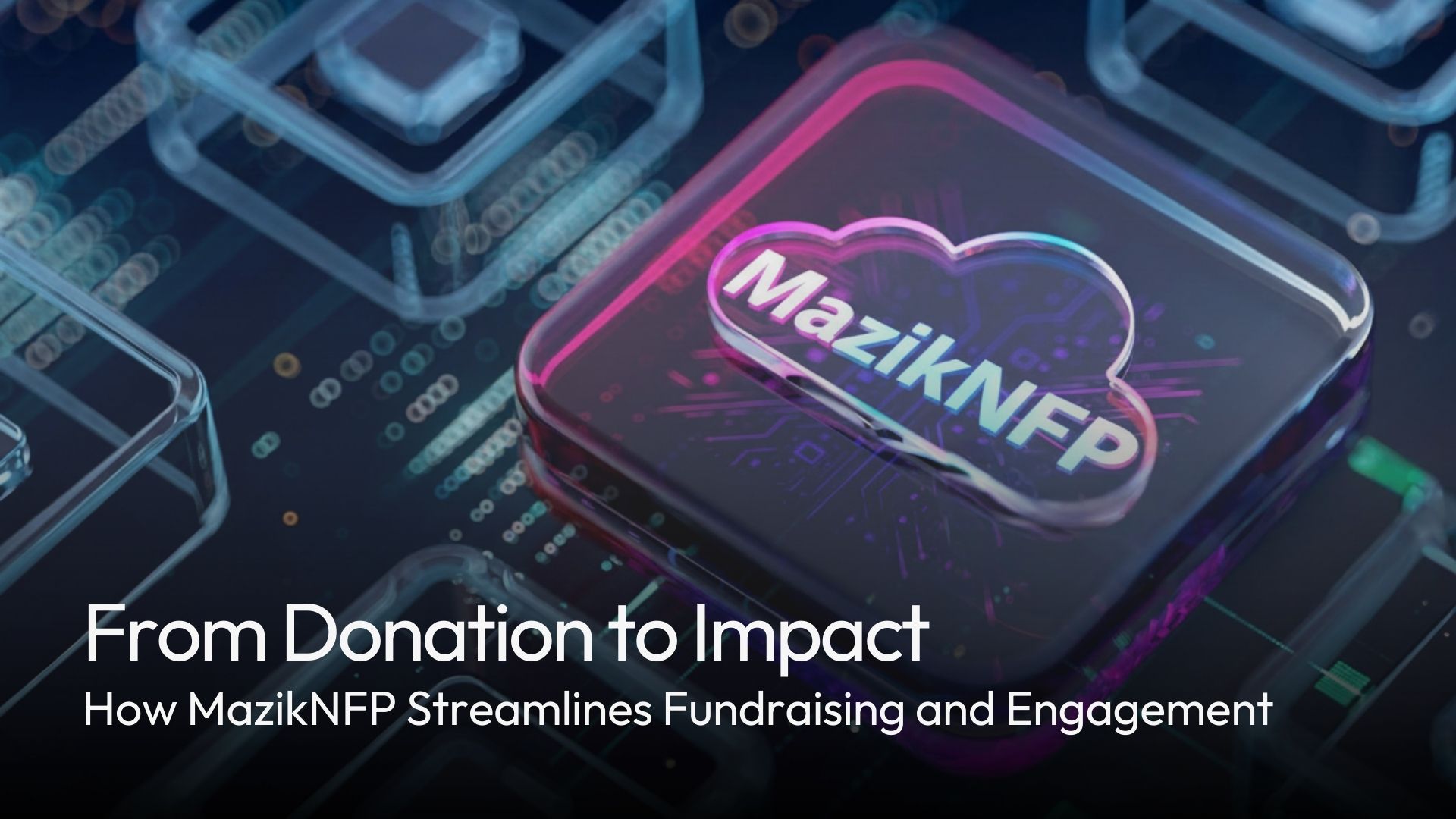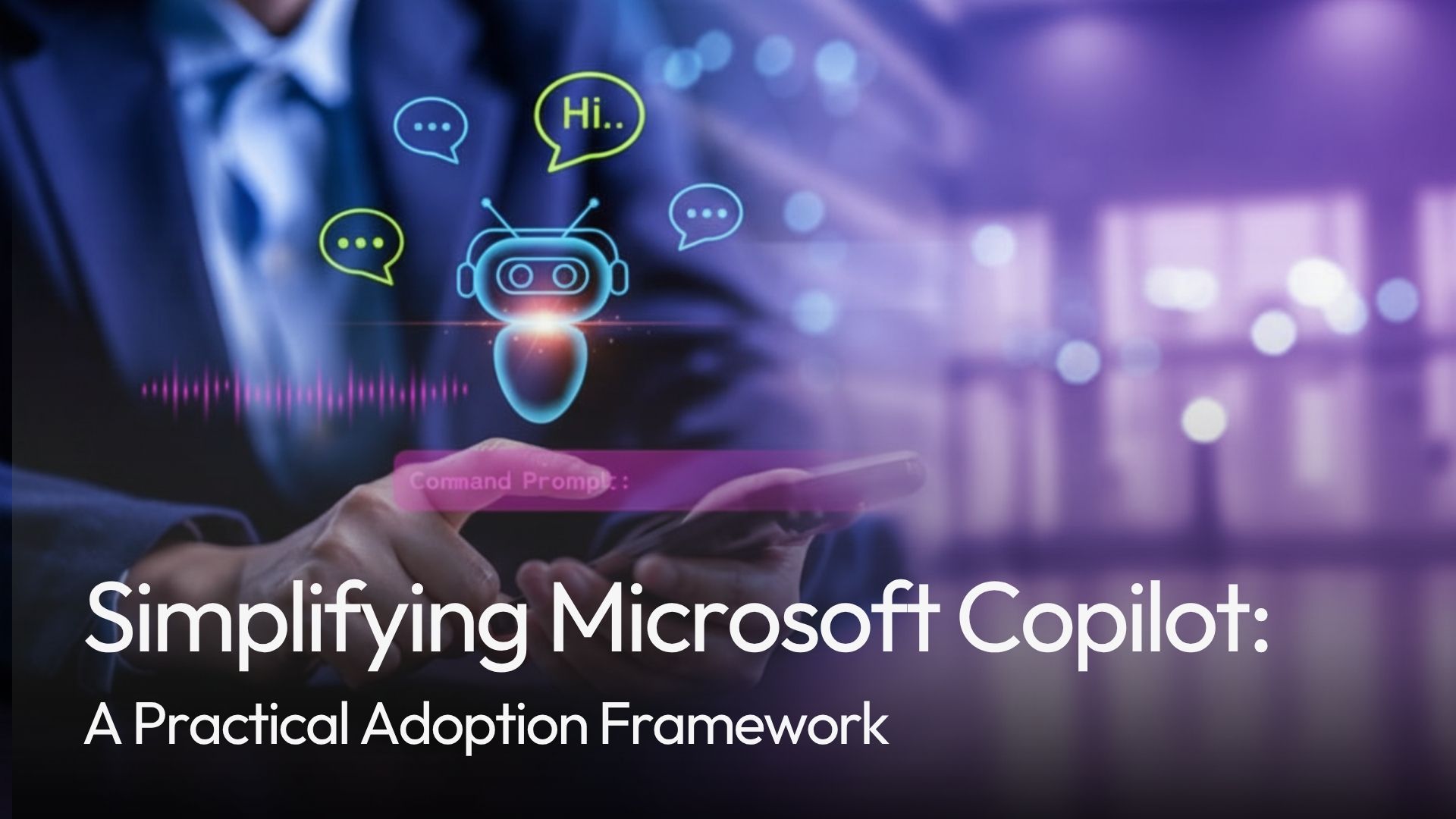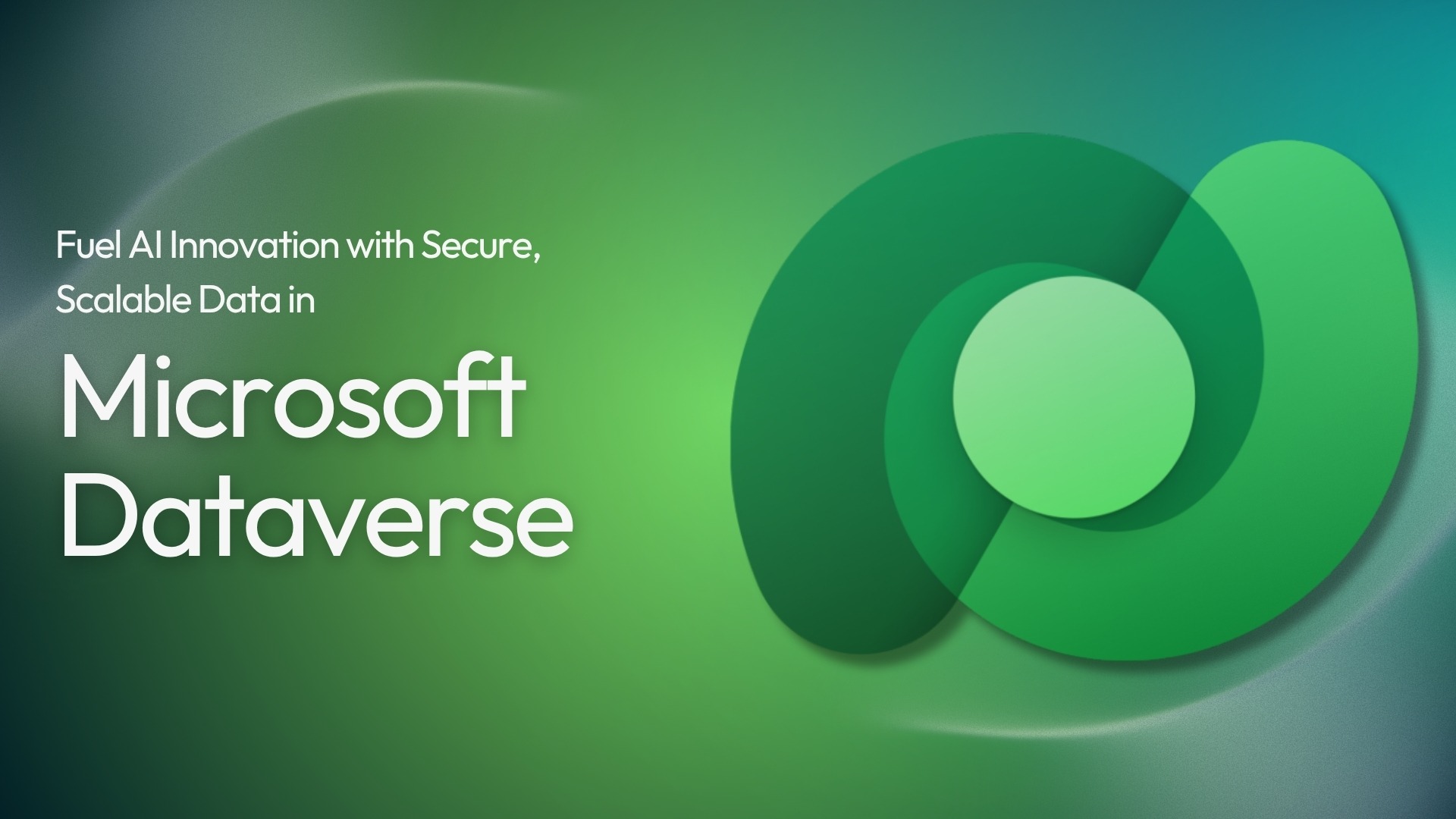
In 2025, online fundraising in the UK grew by 21%, with mobile devices driving 57% of nonprofit web traffic. Yet, donor retention continues to challenge the sector, with only ~19%

If your organisation is serious about Microsoft Copilot adoption, now is the time to get strategic. Forget surface-level hype, in a landmark UK government pilot involving more than 20,000 civil

AI promises transformation, but the foundation it runs on often determines whether that promise is fulfilled or forgotten. According to Gartner, 30% of generative AI projects will be abandoned after














In a world that moves faster every day, you need to be constantly evolving. Chat with a technology expert today to learn how we can help you operate efficiently, solve business challenges, and innovate effectively.
Mazik Global UK, a trusted Microsoft Solution Partner and FastTrack-recognised expert, delivers AI-powered, low-code solutions across Dynamics 365, Power Platform, and Azure, driving confident digital transformation.